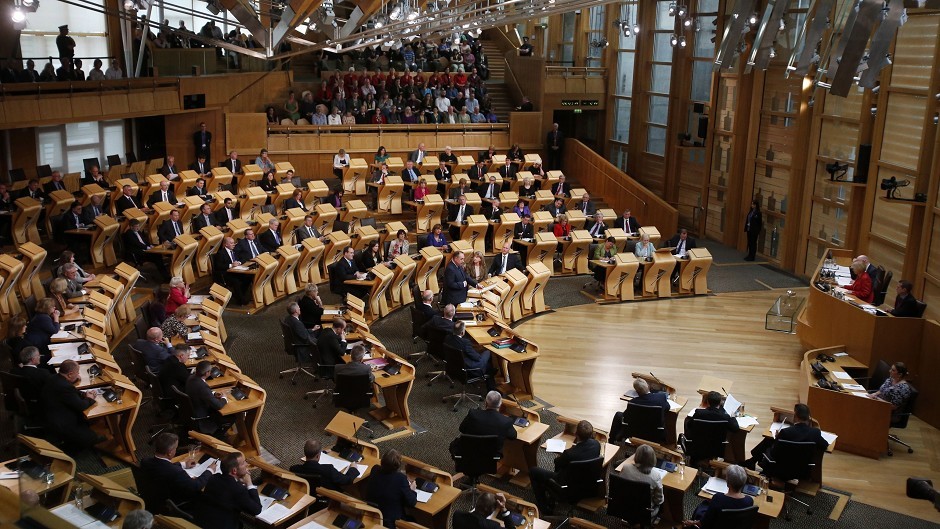Conveners of Holyrood committees could be elected under a shake-up ordered by the Scottish Parliament Presiding Officer Trisha Marwick.
Ms Marwick believes that if MSPs voted on who should lead committees it would strengthen the role of the parliament and enhance the sharing of power between central government and the public.
Currently the parliament decides which parties should have conveners based on their number of seats.
The standards, procedures and public appointments committee will now look at the idea and has invited interested parties to submit evidence.
Banffshire and Buchan Coast SNP MSP Stewart Stevenson, committee convener, said: “There can be no doubt that these proposals have come at a time of renewed interest not only in politics but also in how the Scottish Parliament operates.
“The past few years has seen a number of changes to the parliamentary process, such as the introduction of topical questions and the change in sitting patterns.
“Our committee will examine if elected conveners should be the next step in this process.
“Our committee wants to hear from those with an interest in this issue, about whether and indeed how these proposals would work in practice.”
Questions being asked include: Would there be barriers to conveners being elected by the whole parliament; what would be the benefits and disadvantages; should nominations be made and what level of support would be required for an MSP’s name to be put forward; how should the vote be carried out, and should parties continue to allocate conveners in a way proportional to their overall number of Holyrood seats?
